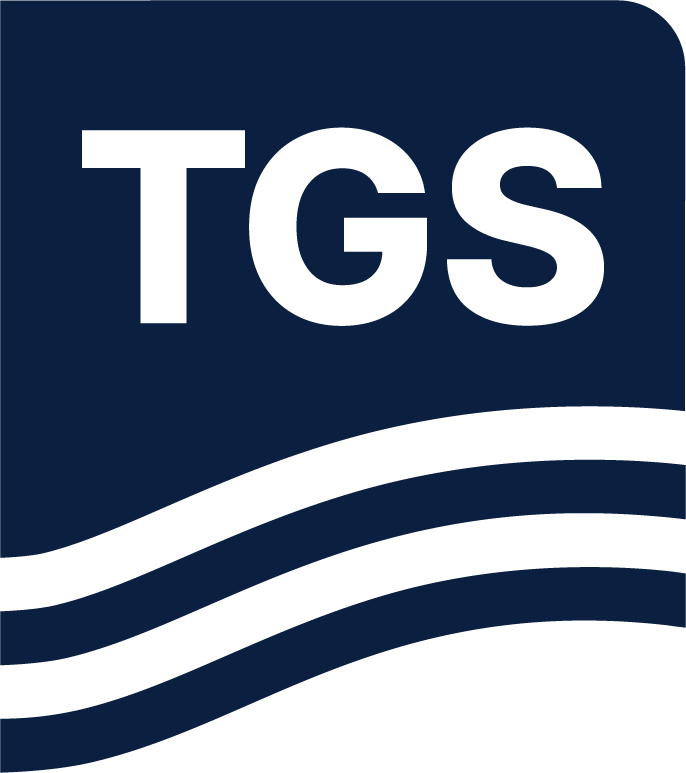Core data insights and modern drilling revive interest in the San Juan Basin’s unconventional powerhouse.
The Mancos Shale in the San Juan Basin is rapidly gaining attention as a promising new unconventional gas target. Long overshadowed by more prolific plays, recent technological advancements in horizontal drilling, hydraulic fracturing, and geological characterization have revitalized interest in this complex Late Cretaceous marine shale. Operators and geoscientists working in this basin are uncovering the formation’s true reservoir potential, revealing a compelling opportunity for the next generation of gas plays in the Rocky Mountain region. However, in a complex, facies-driven play like this, the use of high-quality log and core data could be the difference between a +35% porosity high-quality reservoir and a dry hole.
Spanning an impressive 3,000 to 5,000 feet in thickness, the Mancos Shale in the New Mexico San Juan Basin comprises a dynamic assemblage of stacked intervals, including marine shales interbedded with sandstones and limestones such as the Bridge Creek Limestone (Niobrara equivalent), Juana Lopez, Gallup, Tocito, and upper tongues like El Vado and Mulatto. These lithologic variations, driven by ancient transgressive-regressive cycles, create a heterogeneous reservoir with complex stratigraphy and mineralogy (Figure 1). This complexity has historically challenged conventional exploration, but modern geological modeling combined with detailed core analysis enables operators to delineate sweet spots more accurately. Core-derived parameters such as porosity, permeability, grain density, and gas saturation are essential to understanding reservoir quality beyond simple log interpretation.

Figure 1. A schematic diagram of a delta slope with a pro-delta mudstone often representative of transgressive-regressive cycles in the Mancos Shale. Diagram sourced from the TGS Facies Map Browser.

Figure 2. Locations of 15 cores used in this analysis (pink) and TGS Core Data coverage for the San Juan Basin (blue). Data sourced from TGS Core Data; map generated using TGS Well Data Analytics.
We analyzed 15 core samples from the Mancos (Figure 2) that span depths from approximately 789 to 6,668 feet. Results from this analysis indicate significant variability across the formation but encouraging average values that support hydrocarbon production. Porosity averages 13.8%, with an impressive range from as low as 1.2% to highs near 46%, indicating discrete zones with excellent hydrocarbon storage potential. Vertical permeability varies widely, averaging 1.8 mD but reaching up to 34 mD in certain intervals, highlighting the critical need for precise targeting of high-quality zones to optimize flow pathways. Grain density measurements provide insight into mineralogical composition and brittleness, a crucial factor for hydraulic fracturing success. Zones exhibiting favorable brittleness can be prioritized for completion, maximizing stimulation effectiveness in this otherwise tight formation. Equally important is the effective gas permeability derived from core data, which refines assessments of producibility by indicating which intervals are capable of sustaining gas flow under reservoir conditions. Depending on facies and structural position, the Mancos Shale exhibits a wide range of gas-oil ratios, as seen in TGS Well Data Analytics (Figure 3), with certain intervals producing as dry gas while others fall into the wet gas or retrograde condensate windows. This highlights the importance of localized geologic and thermal maturity assessments when planning development strategies. Low oil saturation was recorded across the sampled cores confirming the Mancos as a primarily dry gas play in those locations, with gas saturation reaching up to 11.7% by volume. This supports its viability as a commercial unconventional gas resource, but does not consider the financial implications that takeaway capacity may pose in this basin.

Figure 3. Gas-oil ratio (GOR) total cumulative map for producing wells from the Mancos Shale, San Juan Basin. Map generated using TGS Well Data Analytics.
The renewed focus on the Mancos Shale exemplifies how core data, integrated with advanced petrophysical and geological analysis, can unlock the value of complex, low-permeability formations. This geologic-first approach is critical given the Mancos’ variability in reservoir properties and the presence of stacked, potentially productive intervals. Operators are now revisiting legacy wells with fresh eyes and targeting underexplored zones using horizontal drilling combined with refracturing techniques as seen in Figure 4. This strategy aims to exploit the formation’s stacked pay intervals, enhancing well economics and production profiles.

Figure 4. Type Curve and Production Plot by Operator highlighting three operators in the San Juan Basin (Logos Operating, DJR Operating, and Enduring Resources). Data and figures derived from TGS Well Data Analytics.
In summary, the Mancos Shale offers significant potential in the San Juan Basin as an unconventional gas play. Its substantial thickness, combined with pockets of high porosity and permeability, and favorable brittleness characteristics identified through core data, position it well for successful horizontal drilling and hydraulic fracturing programs. As operators integrate these multidimensional datasets to refine their exploration and development strategies, the Mancos Shale is emerging from the shadows, transforming from a secondary target into a prime candidate for future unconventional gas production in the Rocky Mountain region.
For more information about TGS Core Data, Well Data Analytics, Facies Map Browser, or to schedule a demo, contact us at WDPSales@tgs.com.


